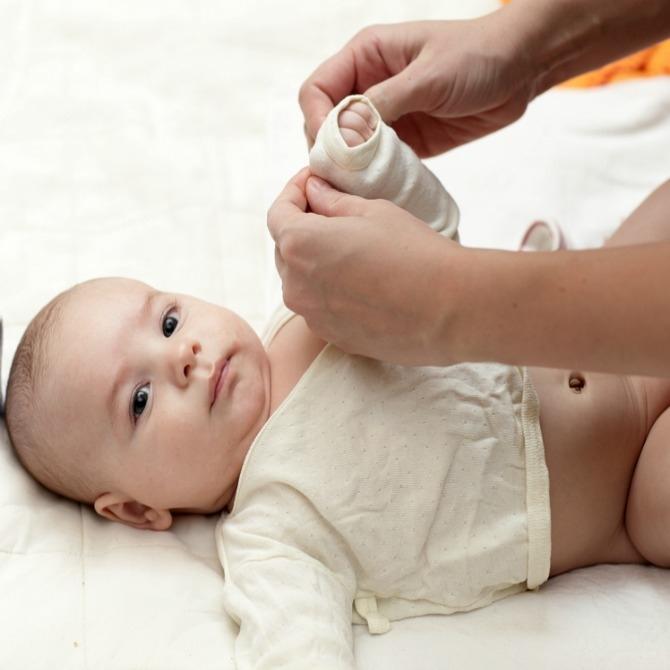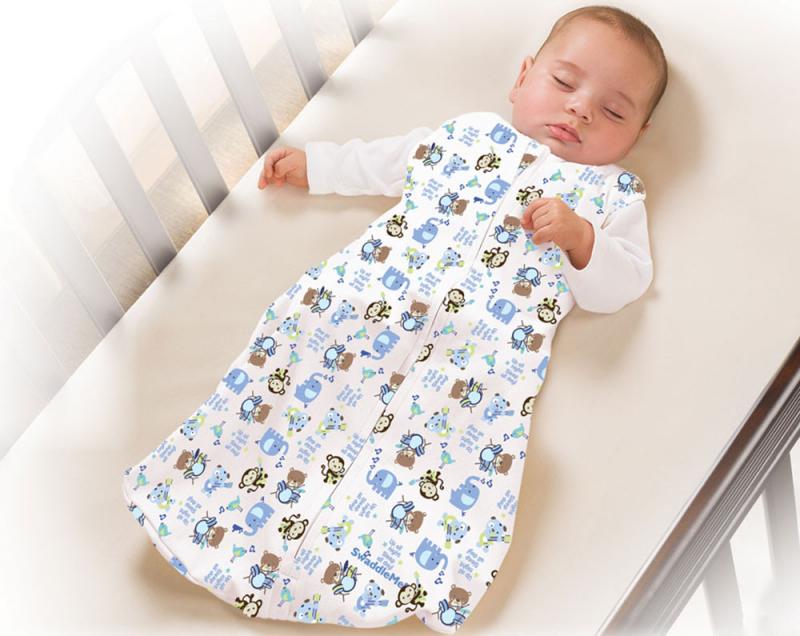1. Baby’s Diet
If your baby is under 6 months old, breastfeeding is the best choice. Avoid introducing any other foods, especially solid foods, juices, powders, or distilled water. Only consider formula if the mother lacks sufficient milk, and avoid giving water unless necessary.
During the night, feed your baby only when hungry and awake. Minimize waking a sleeping newborn for nighttime feedings, as it may lead to disruptive sleep patterns. Mothers should not strictly schedule feeding times. While theoretically, breast milk takes about 3 hours to digest, flexibility is key, as each baby has unique needs.
For bottle-fed babies, discard any remaining formula after 2 hours of preparation, as it may become harmful. Saving it for later can cause nutritional and digestive issues for the baby.
 Consider the dietary regimen for children based on their age groups
Consider the dietary regimen for children based on their age groups Dietary guidelines for infants
Dietary guidelines for infants
2. Hygiene for the Little Ones
For infants under 3 months old, pay attention to the umbilical stump. Mothers should avoid tightly wrapping it and use a loosely wrapped diaper underneath to prevent infection. A thin layer covering the stump promotes easy observation, quick drying, minimizes infection, and reduces the chances of stump granuloma formation.
Avoid cutting the baby’s nails too early and too frequently as the nail bed helps in retaining warmth and protects the fingertips. Carelessness in trimming may lead to scratches, bleeding, and infection. Family members should also wash their hands with soap before handling the baby’s hygiene.
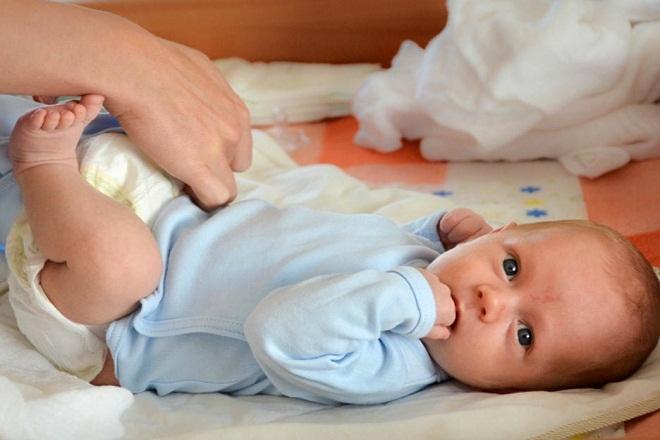 Proper Hygiene Practices for Children
Proper Hygiene Practices for Children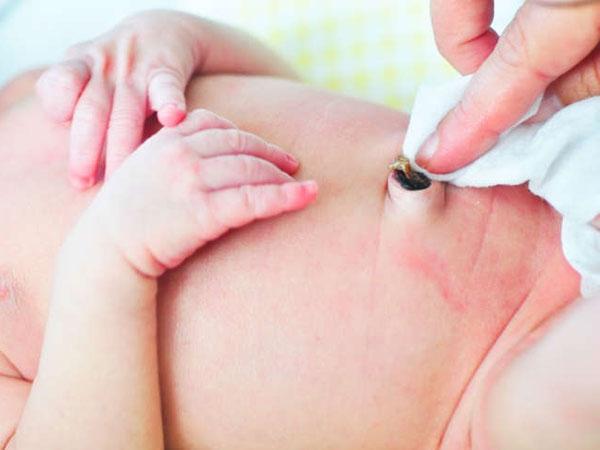 Hygiene for Children
Hygiene for Children
3. When the Baby Sleeps
Traditionally, it was advised to avoid keeping the new mother and baby in a dark room after childbirth. This makes it challenging for mothers to detect early jaundice in babies, increasing the risk of severe jaundice, neurological complications, vitamin D deficiency, rickets, night waking, skin infections, and more.
During this time, avoid letting the baby sleep day and night without creating conditions for them to differentiate between day and night. Keep the room well-lit during the day, even for daytime naps. Conversely, at night, turn off all lights to help the baby recognize the need for sleep. When putting the baby to sleep at night, avoid bright lights as it can reduce sleep quality and impact the baby’s vision. Also, do not wrap the baby in excessively thick blankets, as it can cause overheating, sweating, and susceptibility to colds. When letting the baby nap during the day, avoid shaking or swinging the crib vigorously to help the baby sleep, as it can risk damaging the baby’s brain.
 Avoid Shaking the Baby While Sleeping
Avoid Shaking the Baby While Sleeping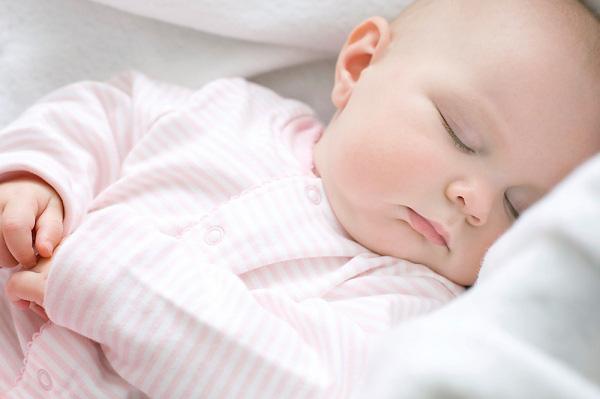
4. Kissing Newborns
According to the beliefs of many, kissing newborns is a gesture of love and affection, especially in rare families where expressing affection through kisses is more pronounced. Whether it’s kissing the cheeks, forehead, hands, feet, hair, or even the baby’s mouth.
However, reality shows that kissing newborns is not as beneficial as commonly thought. The delicate skin of a newborn can be allergic to such actions, and if the person kissing the baby has any respiratory-related illnesses, it can immediately transmit to the baby through the kiss. To minimize potential risks, mothers should tactfully decline kisses, especially from strangers, and limit the baby’s exposure to crowded places.
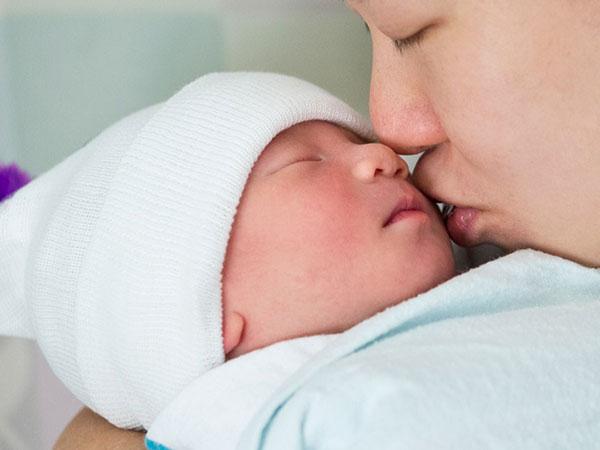
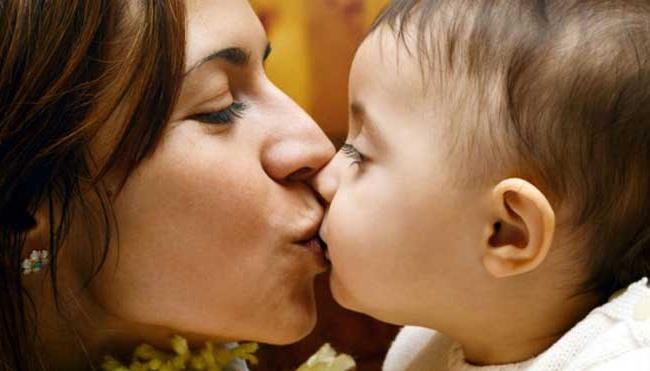
5. Administering Medication to Newborns
When giving medication to the baby, it must be prescribed by a doctor, and observe any unusual reactions. Never self-administer medication without consulting the doctor or having the child examined.
Commonly used vitamin supplements such as vitamin D, calcium, and digestive enzymes should not be given to the baby without proper guidance and dosage recommendations from a doctor. Always seek clear advice from a healthcare professional before administering such supplements.
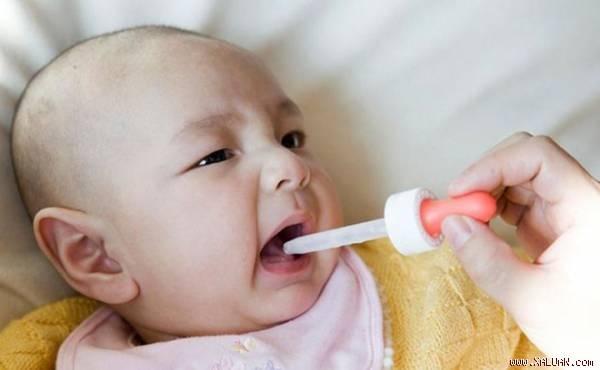
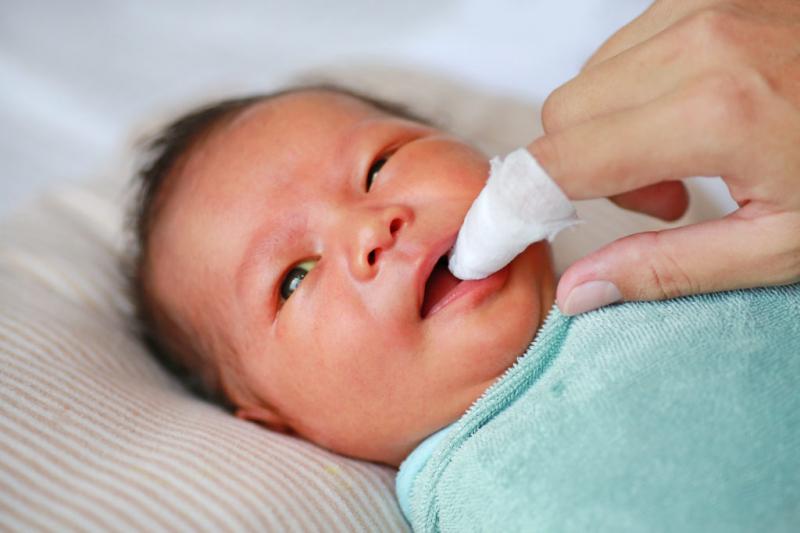 Administering Medication to Newborns
Administering Medication to Newborns
6. Properly Dressing Babies: Hat and Diaper Technique
Many mothers, fearing their babies might feel cold, continuously make them wear hats day and night, regardless of the weather. However, this habit is entirely unhealthy. Newborns release heat through their heads, so pay attention to the back of the baby’s neck. In hot weather, only cover the baby’s head at night or when going outside; indoors, allow the baby’s head to stay ventilated.
Infant bodies cannot regulate temperature independently, so continuously wearing a tightly fitted hat can lead to excessive sweating, itching, crying, and, in some cases, high fever. While some believe tightly swaddling babies can prevent startling and improve sleep quality, scientific studies have proven this practice to be entirely incorrect. Tight swaddling poses the risk of forcing the baby’s hip joints into a straight, forward position, causing misalignment, discomfort, heat, and difficulty.

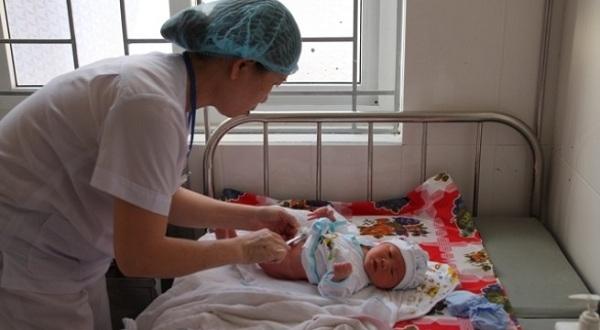
7. Carrying Newborns Correctly
Carrying a newborn under 1 month may seem simple, but especially for young parents, it can be challenging. Infants under 1 month have delicate skin and soft bones, requiring careful handling to avoid injury. Proper newborn carrying skills are not widely known, so it’s crucial to pay attention to this issue, as newborns are highly vulnerable.
When carrying the baby, support the baby’s head in the palm of your hand, hold them close to your body. This way, the baby will feel the love transmitted from the caregiver. Remember to gently stroke, cuddle, and kiss the baby while carrying. Engage in conversation, sing to the baby, and even smile at them. These actions help the baby sense the love and care provided by the caregiver.
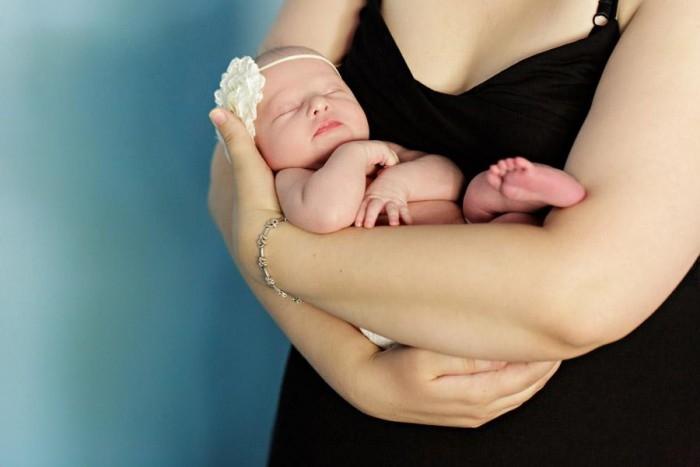

8. Soothing Techniques for a Crying Baby
Newborns, having just emerged from the warm cocoon of the mother’s womb, have a constant need for gentle and continuous cuddling. Adaptation tip: Don’t worry about spoiling the baby by holding them constantly; it’s impossible. If you create an environment that mimics the womb, the baby will feel more secure and stop crying. To achieve this, swaddle the baby, gently rock them, provide comforting gestures, cradle them, and let them suck on your finger.
These steps, whether performed individually or simultaneously, help the baby self-soothe. Pro tip for mothers: Try different soothing techniques to see which one resonates with your baby. Some babies prefer being held, while others may respond better to comforting gestures or gentle strokes.


9. Diaper Changing Techniques for Babies
For newborns aged one week, adhesive or cloth diapers are highly suitable. There are various diaper brands available in the market catering to newborns from different manufacturers. All you need to do is choose a product that is gentle on the skin, soft, and has good absorbency. When the baby’s diaper is wet, they typically signal their discomfort through crying or fidgeting.
At that point, you need to consider changing the baby’s diaper. Before changing the diaper, use a soft cloth or wet wipes to gently clean, then put on a new diaper. Pay attention to maintaining a comfortable room temperature to avoid the baby feeling chilly. Mothers should wash their hands after changing the diaper to prevent the entry of bacteria. Afterward, it’s advisable to breastfeed the baby immediately, as the baby may be hungry after each wet diaper.
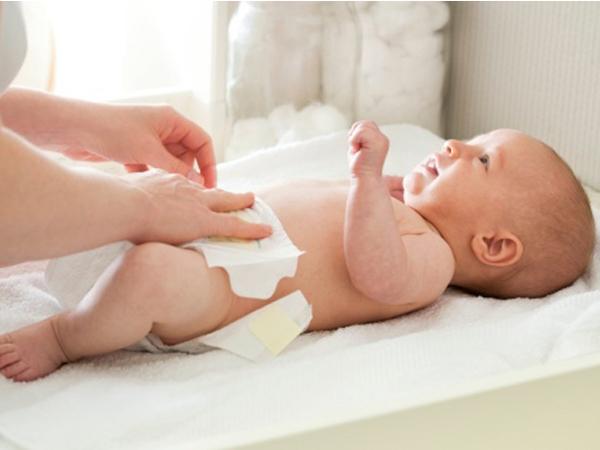
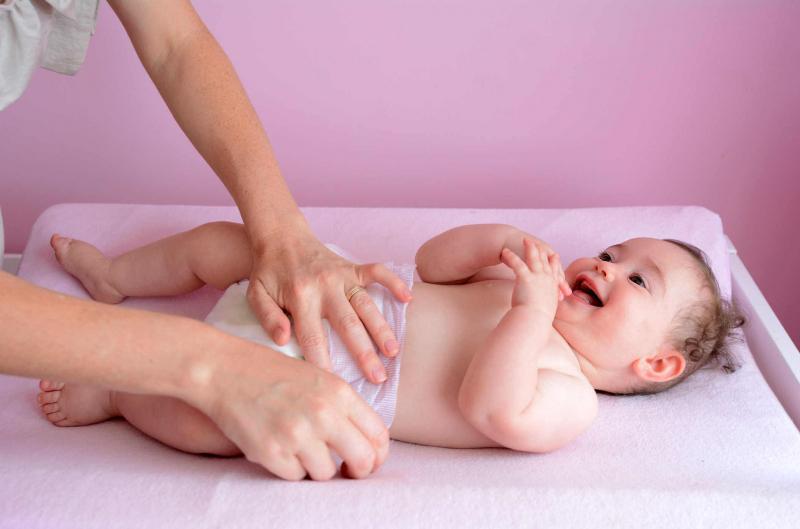
10. Dressing Your Baby
Before giving birth, expectant mothers often create a ‘list’ of essential items for their beloved child. One of the top concerns is: What should the baby wear? How to dress them to keep them warm, comfortable, and not hinder their development. The skin of a one-week-old baby is very sensitive, so choose outfits made of soft cotton, and prioritize white-colored clothes (as white fabric fibers tend to have fewer bleaching agents and dyes). Monitor and adjust the room temperature using a thermometer.
When dressing the baby, prioritize soft, loose-fitting clothes, swaddle them properly, wear a hat (covering or shading the head), and put on mittens and socks to prevent heat loss. A small tip for mothers is to regularly check the baby’s neck temperature by feeling it with your hand. If you notice the baby’s neck is sweaty, their body is hot; conversely, if the neck feels cool and the limbs show pale blue veins, you should warm the baby up immediately.
